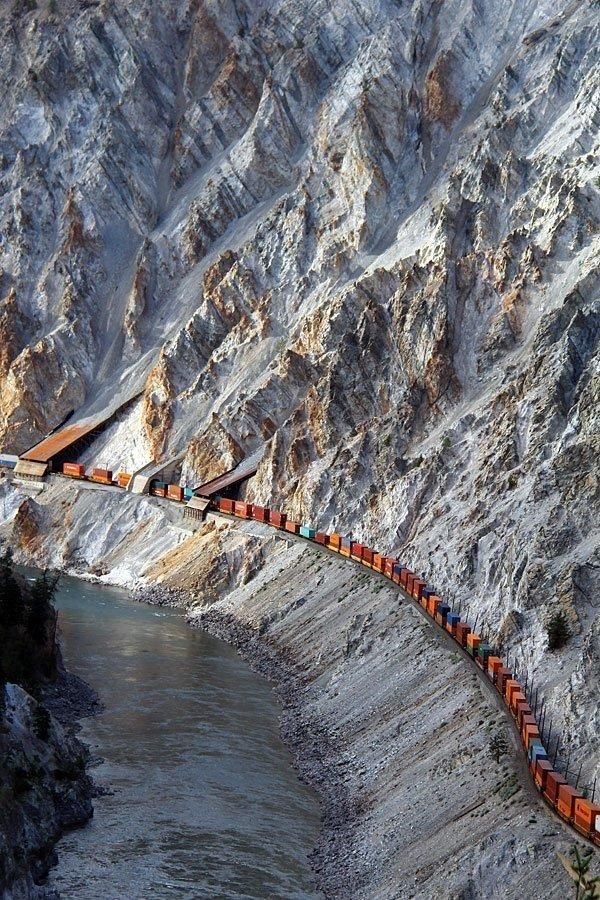When severe weather events like hurricanes approach, cities and regions located in their predicted paths often undergo evacuation procedures to ensure public safety. Transportation systems, including trains, play a critical role in evacuations. But an important question arises in the context of these disasters: did trains leave the hurricane path earlu? This article explores the complexities of train evacuations, the role of transportation agencies, and how early actions can help mitigate the effects of hurricanes.
Table of Contents
The Importance of Timely Evacuations During a Hurricane
Hurricanes, with their powerful winds and flooding rains, are among the most destructive natural disasters. They can cause significant damage to infrastructure, homes, and communities. As a result, authorities typically order evacuations in advance of the storm’s arrival, urging people to move to safer areas. In this context, trains have long been used as a key mode of transportation for mass evacuations, especially in areas with large populations or limited road access.
The question of did trains leave the hurricane path earlu is not just about the timing of these evacuations but also about ensuring the safety of the passengers and preventing disruption to the transportation network. Early evacuations are crucial to reducing the number of people in danger and allowing for smoother emergency responses.
Hurricane Forecasting and Early Warnings
The ability to track hurricanes has dramatically improved in recent decades. Meteorologists use satellites, weather stations, and advanced computer models to predict a storm’s path and intensity. These forecasts are vital for organizing evacuations and securing infrastructure, including transportation networks like trains.
When hurricanes are predicted to make landfall, authorities often issue evacuation orders for areas within the projected storm path. These orders are based on predictions, and the timing is crucial. The question of did trains leave the hurricane path earlu often revolves around how quickly and effectively evacuation plans are put into action.
Typically, evacuation orders are issued well in advance, allowing transportation systems to prepare. In many cases, train services are suspended or redirected before the storm hits, as railway operators work to protect both passengers and infrastructure. But was it early enough?
How Trains Contribute to Evacuations

In large metropolitan areas and regions with dense populations, trains are often the most efficient way to evacuate large numbers of people. Amtrak and regional train services, for example, play a vital role in moving residents away from areas at high risk of flooding or wind damage.
When the forecast predicts a hurricane’s path will affect certain regions, local authorities work with train companies to establish evacuation routes. However, did trains leave the hurricane path earlu is a matter of timing and coordination. Many factors must be considered, including the storm’s unpredictability, the readiness of transportation agencies, and the available resources.
It’s essential to understand that the evacuation of trains is not an immediate process. The trains must be scheduled, the tracks cleared, and sufficient staff must be available to oversee the evacuation. In some cases, trains may also face delays due to the worsening weather conditions. Hence, did trains leave the hurricane path earlu depends on how well these factors are managed.
Challenges of Early Train Evacuations
One of the biggest challenges during evacuations is the unpredictability of the hurricane. Though forecasts are increasingly accurate, a storm’s exact path and impact can change rapidly. As a result, authorities may have to act quickly to adjust evacuation plans, including whether or not to prioritize train departures.
Furthermore, not all areas have the infrastructure or resources to evacuate by train. While trains are a great option for some regions, they may not always be available or practical in others. In these cases, authorities may rely on buses, cars, or even aircraft for evacuation, which can complicate the process.
The question of did trains leave the hurricane path earlu also involves the safety of the railway system itself. Trains and rail infrastructure must be secured to prevent damage from strong winds, flooding, and debris. The earlier the trains leave the hurricane path, the better the chances of ensuring the safety of passengers and the preservation of vital infrastructure.
Case Studies of Hurricane Evacuations by Train
Several notable instances of hurricane evacuations have brought attention to the efficiency and challenges of using trains for mass evacuations. Let’s explore a few case studies to understand how well these evacuations were handled and whether trains left the hurricane path earlu in these situations.
Hurricane Katrina (2005)
Hurricane Katrina, one of the most devastating hurricanes in U.S. history, required large-scale evacuations from New Orleans and surrounding areas. The city’s reliance on public transportation was an important factor, as many residents did not have personal vehicles. While buses were the primary mode of evacuation, some trains were used to move residents to safer areas.
In the case of did trains leave the hurricane path earlu, the response was criticized for being slow and disorganized. Many people were stranded in the city, and the train evacuation process did not begin early enough to avoid the full brunt of the storm. This lack of early action led to significant challenges for the city’s recovery.
Hurricane Sandy (2012)
In contrast, Hurricane Sandy saw a more coordinated evacuation effort, especially in the northeastern U.S., where trains were used extensively. The Metropolitan Transportation Authority (MTA) in New York, for instance, suspended service on the subway and commuter trains ahead of the storm to prevent damage to the tracks and equipment. This early decision allowed officials to focus on protecting the infrastructure and ensuring that any remaining trains were safely removed from danger.
In this case, the question of did trains leave the hurricane path earlu was answered affirmatively, as the MTA took swift action to evacuate personnel and remove trains from vulnerable areas. This proactive approach helped minimize disruption and damage.
Hurricane Irma (2017)
During Hurricane Irma, which impacted Florida and several other states, evacuation orders were issued well in advance. Florida’s state-run rail system, Brightline, played a key role in helping evacuate people from southern Florida to safer areas.
While there were some delays due to the sheer volume of people trying to board the trains, did trains leave the hurricane path earlu was largely seen as a success. Train services were suspended early to prevent any potential damage from flooding and winds. Brightline also used its fleet of trains to move people to evacuation centers, which helped ease the strain on other transportation systems.
The Role of Technology in Early Evacuations

Modern technology has played an essential role in improving evacuation responses, including train evacuations. GPS tracking, real-time communication, and automated scheduling have all made it easier for train companies and emergency management agencies to coordinate their efforts.
For example, in recent hurricanes, officials were able to track the storm’s progression in real time, adjusting evacuation plans accordingly. This technology allows for more accurate decisions about when to stop train services, when to evacuate stations, and when to ensure trains leave the hurricane path early. The ability to predict and respond to the storm’s impact has undoubtedly made evacuations faster and more efficient.
Lessons Learned: Improving Future Train Evacuations
Despite the successes of certain train evacuations, there are still lessons to be learned from past hurricanes. The question of did trains leave the hurricane path earlu will likely remain a point of debate in many regions. However, certain improvements can be made to ensure that future evacuations are handled better.
- Better coordination between transportation agencies and local authorities: Clear communication and collaboration between the different entities involved in evacuations is critical. By establishing solid evacuation protocols and timelines, authorities can ensure that trains leave the hurricane path early and without unnecessary delays.
- More investment in rail infrastructure: In some cases, the lack of a well-maintained rail system has been a barrier to effective evacuations. Investing in resilient rail infrastructure can help prevent damage during hurricanes, ensuring that trains can be quickly and safely relocated when necessary.
- Improved public awareness and preparedness: One of the biggest hurdles during evacuations is the ability to communicate effectively with the public. Increasing awareness of evacuation procedures, including train options, can help reduce confusion and ensure a smoother evacuation process.
Also read Coomersu: Unlocking the Full Potential of Modern Solutions
Conclusion: Did Trains Leave the Hurricane Path Early?
The answer to whether did trains leave the hurricane path earlu largely depends on the specific circumstances of each hurricane event. In some cases, evacuation plans were executed early enough to ensure the safety of passengers and the protection of infrastructure. In others, delays in the evacuation process led to confusion and disruption.
As technology and planning continue to improve, the hope is that future evacuations will be even more timely and effective, ensuring that trains—and other forms of transportation—leave the hurricane path early enough to mitigate the damage caused by these powerful storms. The key lies in preparedness, coordination, and continuous improvement in how we respond to these natural disasters.


